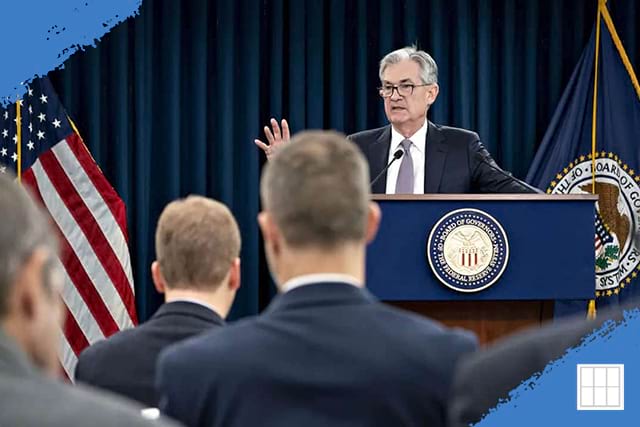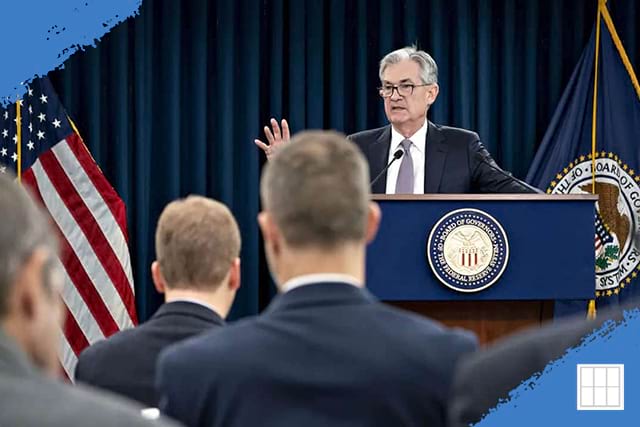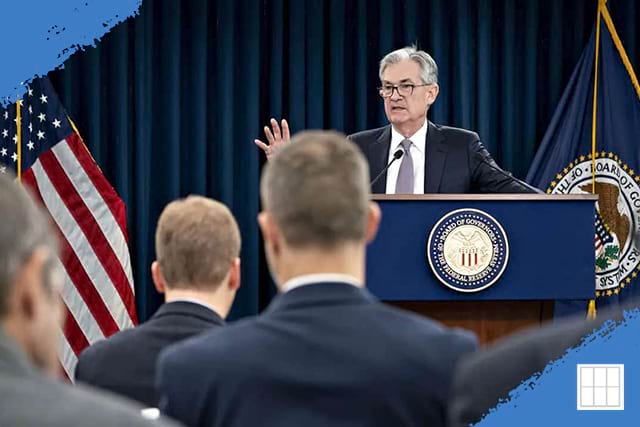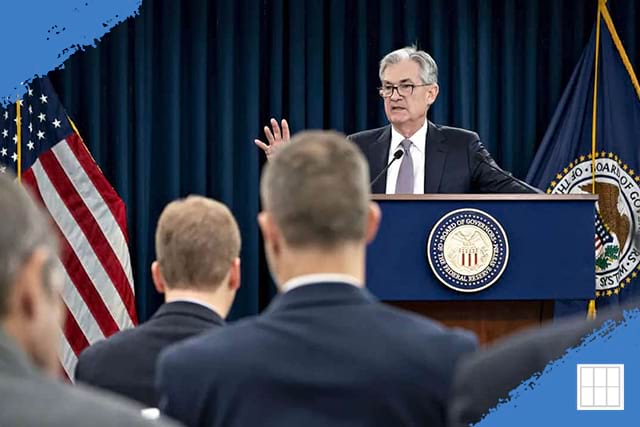On March 19, 2025, the U.S. Federal Reserve announced its latest decision on monetary policy,…

Federal Reserve Rate Decision February 2025
On January 29, 2025, the Federal Reserve’s Federal Open Market Committee (FOMC) announced its decision to maintain the federal funds rate within the target range of 4.25% to 4.50%. The Federal Reserve Rate Decision February 2025 follows three consecutive rate cuts in the latter part of 2024, totaling a 1% reduction. The Fed’s choice to hold rates steady reflects its assessment of current economic conditions and its ongoing strategy to balance economic growth with inflation control.
Economic Context Behind the Decision
Recent economic indicators suggest that the U.S. economy continues to expand at a solid pace. The unemployment rate has stabilized at a low level, with labor market conditions remaining robust. However, inflation remains somewhat elevated, standing at 2.9% as of December 2024, which is above the Fed’s long-term target of 2%.
In its official statement, the FOMC noted that “the economic outlook is uncertain, and the Committee is attentive to the risks to both sides of its dual mandate.” This cautious stance underscores the Fed’s commitment to monitoring economic developments closely before making further adjustments to monetary policy.
Political Pressures and the Fed’s Independence
The Fed’s decision to keep rates unchanged has not been without controversy. President Donald Trump has been vocal in his criticism, advocating for deeper rate cuts to stimulate economic growth. Following the Fed’s announcement, Trump accused the central bank of failing to address inflation adequately and hindering economic expansion.
Despite these political pressures, Fed Chair Jerome Powell emphasized the importance of maintaining the central bank’s independence. He stated that there is no immediate need to adjust the policy stance but acknowledged that the Fed is prepared to act if economic conditions warrant.
Impact on Mortgage Rates
Mortgage rates are closely tied to the yields on long-term Treasury securities, particularly the 10-year Treasury note. While the federal funds rate influences short-term interest rates, its impact on long-term rates, including mortgages, is more indirect. As of late January 2025, the average 30-year fixed mortgage rate remains elevated, hovering around 7%.
Several factors contribute to the persistence of high mortgage rates:
- Inflation Expectations: Elevated inflation leads investors to demand higher yields on long-term bonds to compensate for the decreased purchasing power of future interest payments. This, in turn, pushes up mortgage rates.
- Federal Reserve’s Balance Sheet Reduction: The Fed’s ongoing reduction of its holdings in Treasury securities and mortgage-backed securities decreases demand for these assets, leading to higher yields and, consequently, higher mortgage rates.
- Market Uncertainty: Uncertainty surrounding potential new tariffs and fiscal policies under the current administration contributes to market volatility, prompting lenders to maintain higher rates to mitigate risk per theguardian.com
Future Outlook
Looking ahead, the trajectory of mortgage rates will depend on several key factors:
- Federal Reserve Policy: While the Fed has projected two rate cuts in 2025, any deviation from this plan, influenced by economic data or external pressures, could affect mortgage rates.
- Inflation Trends: A sustained decrease in inflation could lead to lower long-term interest rates, including mortgages. Conversely, if inflation remains elevated or accelerates, mortgage rates may continue to rise.
- Global Economic Conditions: International factors, such as global economic growth, trade policies, and geopolitical events, can influence investor sentiment and impact U.S. Treasury yields, thereby affecting mortgage rates.
Advice for Homebuyers and Homeowners
Given the current environment of elevated mortgage rates, individuals considering purchasing a home or refinancing existing mortgages should:
- Monitor Rate Trends: Stay informed about interest rate movements and economic indicators that influence mortgage rates.
- Evaluate Financial Readiness: Assess personal financial situations, including credit scores, debt-to-income ratios, and savings, to determine the feasibility of securing favorable mortgage terms.
- Consult Financial Advisors: Seek guidance from mortgage professionals to explore options such as rate locks, adjustable-rate mortgages, or buying points to lower interest rates.
In conclusion, while the Federal Reserve’s recent decision to hold interest rates steady reflects a cautious approach amid economic uncertainties, its impact on mortgage rates is multifaceted. Prospective homebuyers and homeowners should remain vigilant, staying informed about economic developments and consulting with financial professionals to make well-informed decisions in this dynamic landscape.



